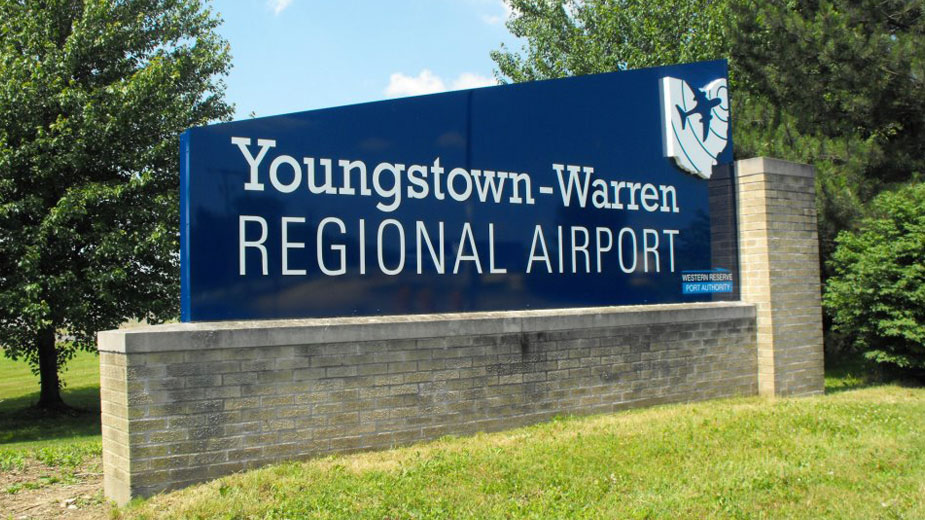Ticket Sales, Ads Vital to YSU Sports Programs
YOUNGSTOWN, Ohio – Whenever money is brought up during discussions of college sports, especially football, the conversations steer toward TV contracts. After all, the deals that secured the TV rights to entire conferences led to their realignments, expansions and contractions between 2010 and 2013.
In 2014, the Southeastern Conference, which has the richest deal in college athletics, paid each of its 14 members an average of $20.9 million. Most of that came from the contract with ESPN, which led to the creation of the SEC Network. But at smaller schools, the payday is far less remunerative. And at the Football Championship Subdivision level, where Youngstown State University plays, fuhgeddabout it.
“Most of the time when you hear about revenue sharing, it’s coming from TV deals. Although we have a contract with ESPN, it doesn’t bring in any revenue per se because we have to pay for production costs and things like that,” says the YSU athletics director, Ron Strollo. “It’s typical for the conferences that are our age to pay dues to help run the conference office and employ those individuals.”
YSU’s conference, the Missouri Valley Football Conference, began operations in 1985. Compare it to the Southeastern Conference (SEC), formed in 1932, whose teams have won 38 national football titles.
While SEC schools pay dues, those dues are covered by the TV payouts. Youngstown States pays Missouri Valley $12,000 annually to belong. So, YSU has to turn to the traditional methods of making money to support its athletics programs.
“We generate from $3 million to $3.5 million from external sources, not including the Penguin Club revenue,” Strollo says of the football program. “That’s mostly from ticket sales and corporate sponsorships. That’s program advertising, signage in buildings, radio advertising, tailgate tents and those types of things.”
While ad revenue consistently rises, ticket sales vacillate from game to game. Season tickets sales are more reliable and since the announcement of Bo Pelini as the new head coach, orders have been up.
In the university’s fiscal 2015 budget, athletics was allocated $14,031,486, which excludes the dollars earned by the football and basketball programs. That money is then allocated to YSU’s 14 sports, with football, men’s and women’s basketball subsidizing the other 11.
“We’re not in a position where we earmark everything dollar-by-dollar. It’s a significant part of our budget and without it, other programs wouldn’t have the funds they have,” Strollo says.
Some of that money funds scholarships, pays for equipment and covers expenses to away games.
“The NCAA allows you so many scholarships for each sport and the coaches make their own decisions on whether someone gets a full or partial scholarship,” says Strollo.
This season, new scoreboards and lights were installed at Stambaugh Stadium and maintenance masonry work was completed. The scoreboard, which cost around $400,000, was paid for by the contract YSU signed with PepsiCo. Only its brands of beverages will be sold on campus.
“The pouring rights are a 10-year contract,” Strollo explains. “And it just so happens that the life of these scoreboards is about 10 years. This is the third scoreboard that’s been paid for through those pouring rights.”
The new lights were part of an effort – should the Penguins make the FCS playoffs – to have YSU host home games at night. Without improved lighting, a potential first-round game would have to be played at the same time as the Ohio State-Michigan game.
With more fans attending more games, ticket sales would increase, generating more revenue. All of these improvements were coincidental to the arrivals of YSU President Jim Tressel and Pelini, Strollo says.
“The improvements would have happened without a coaching change or anything else,” Strollo states. “We plan out years in advance.”
Copyright 2024 The Business Journal, Youngstown, Ohio.



